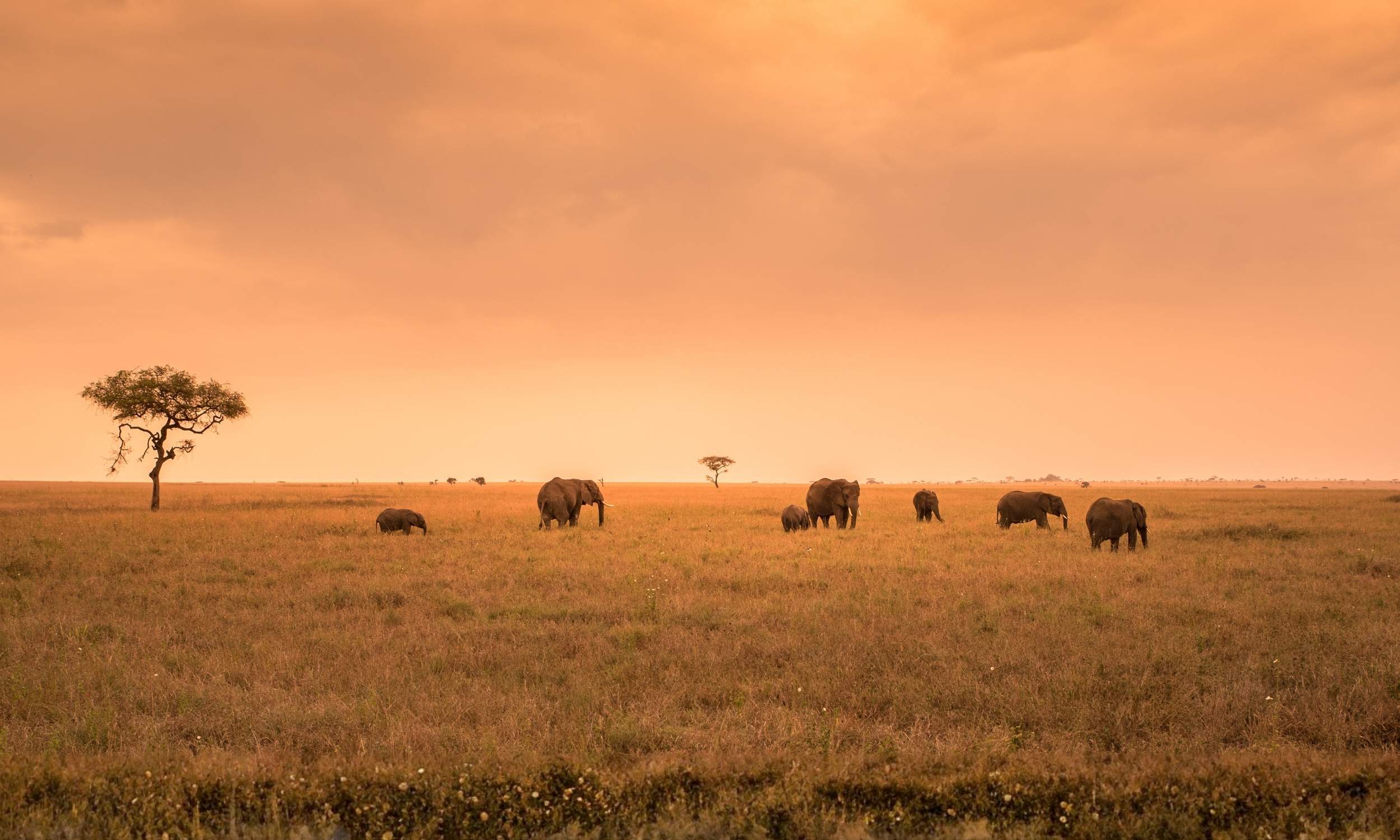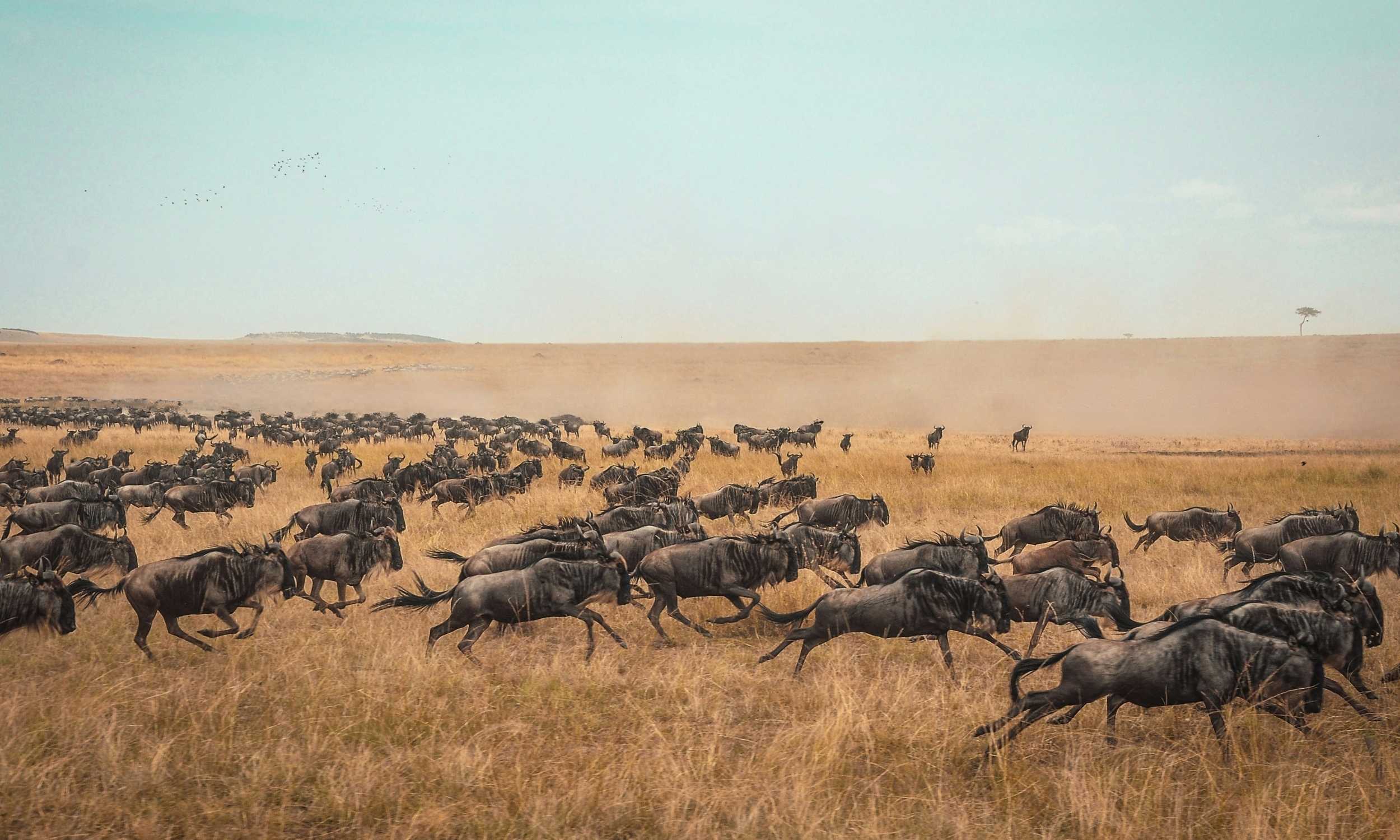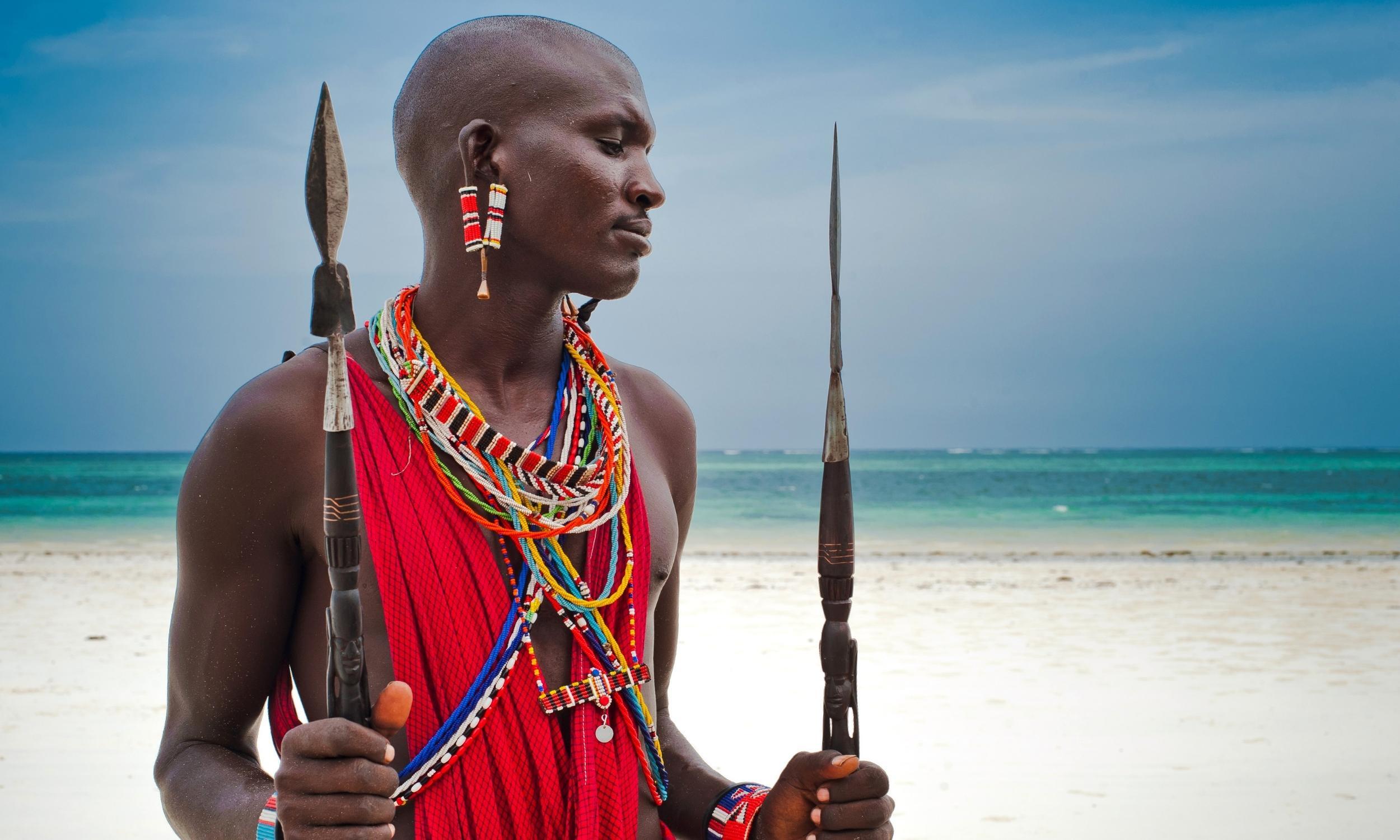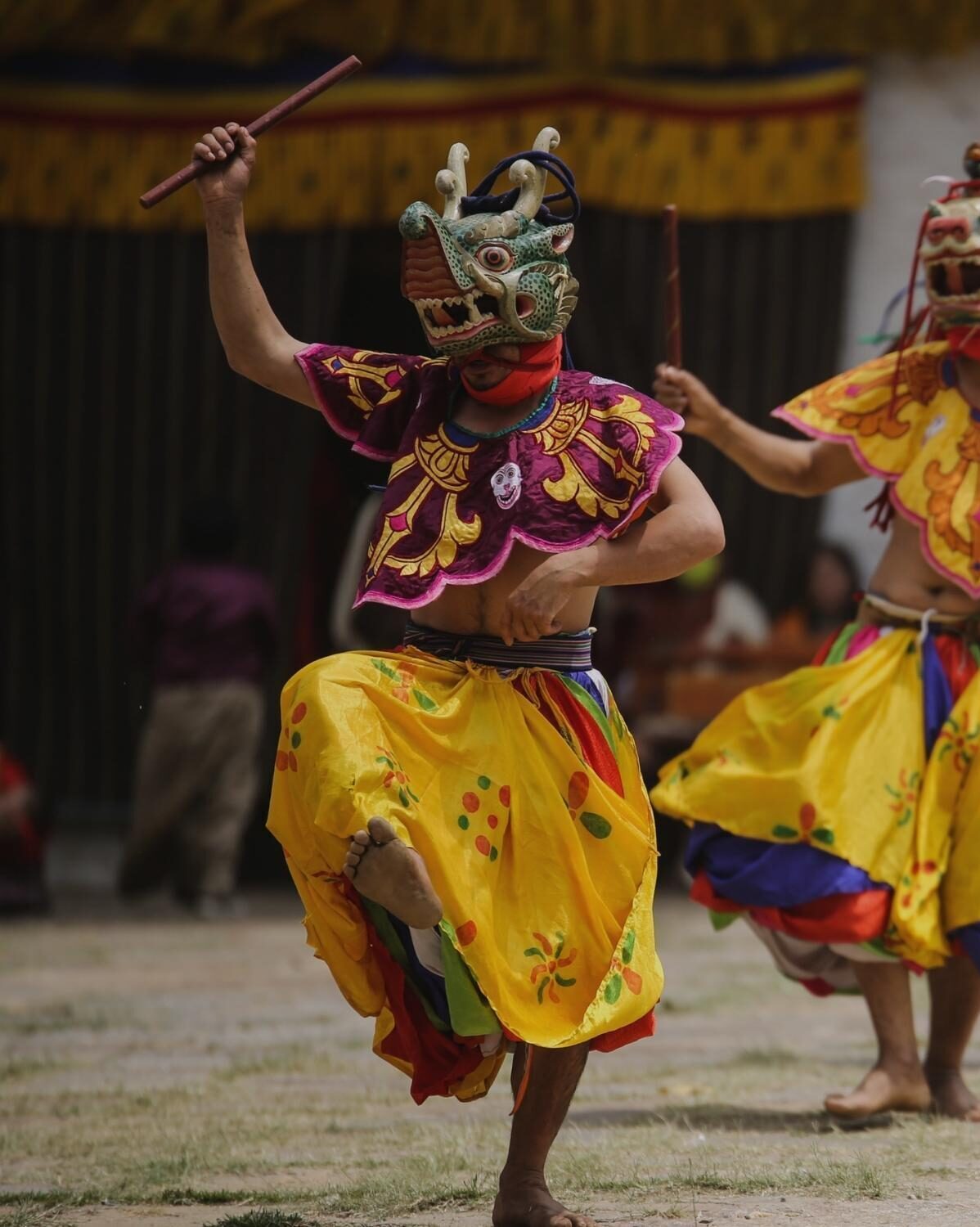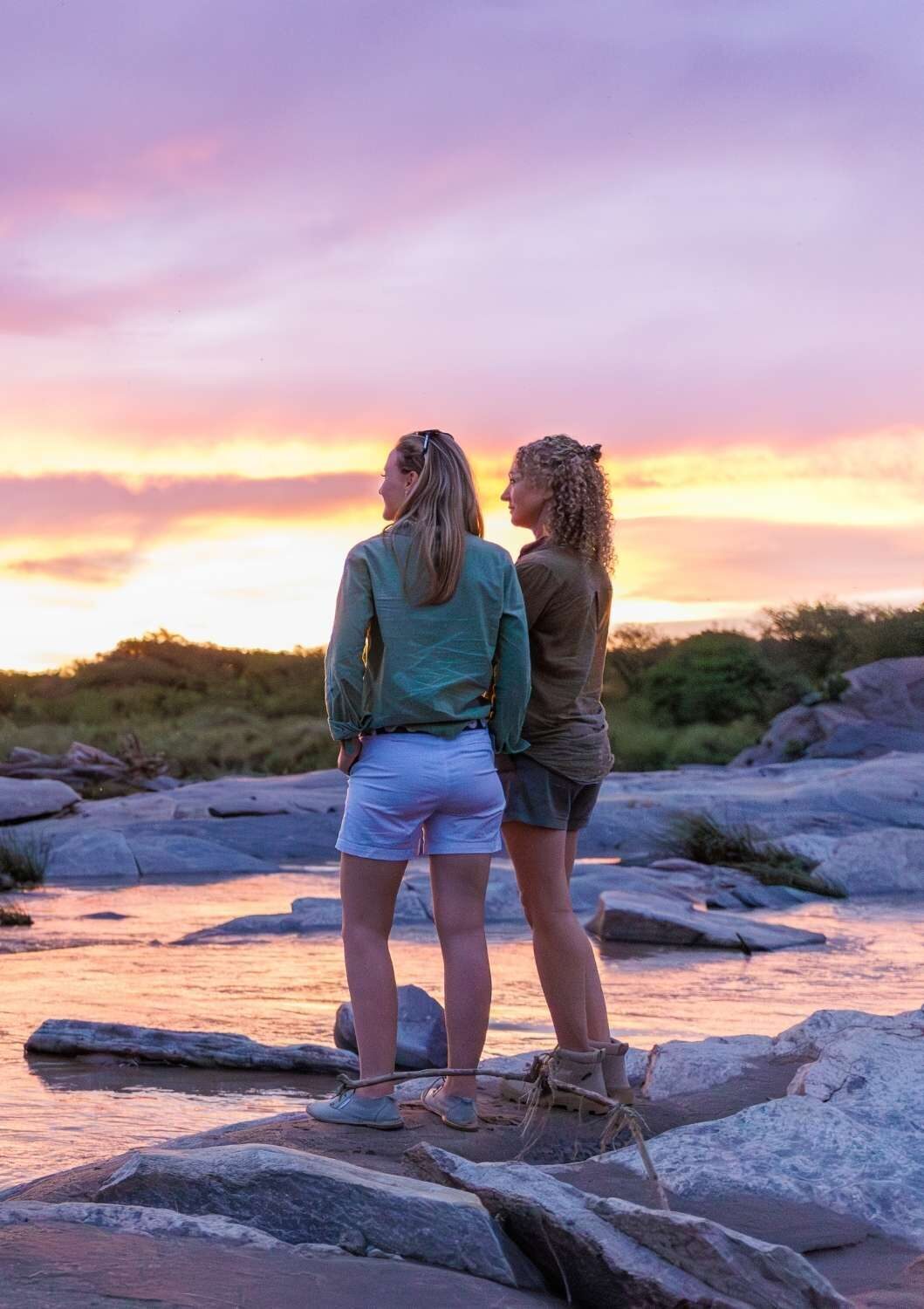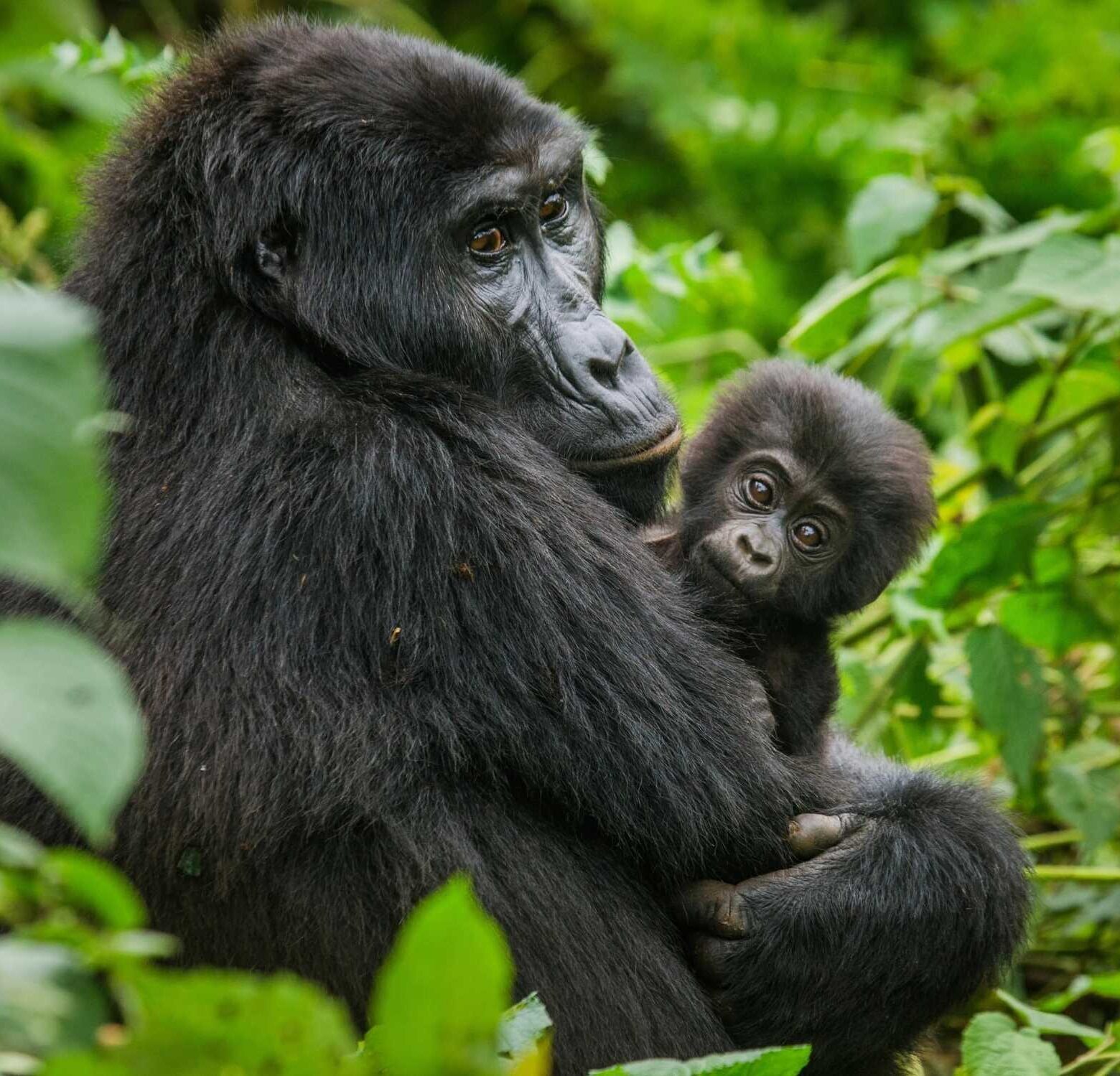AFRICA’S PEOPLE Iconic African Tribes
THE PEOPLE OF AFRICA
Six of Africa’s Most Iconic Tribes
Like so much of the world, Africa’s population has received a wealth of influx and transience, even its more iconic tribes becoming minorities in their own lands.
Thankfully, the turmoil, bloodshed and segregation of past centuries has almost completely receded into the distant mists of time, now only to serve as a reminder of the need for unity, compassion and respect. Yet despite war and enemies being all but forgotten, another foe threatens the iconic tribes of Africa; the incessant and unrelenting march of progression.
Western influence, technology, and the shiny lights and glittering trinkets of the Western world beckon younger generations away from their traditional ways in pursuit of wealth and success. Cultures are diminishing, perhaps not in bloodlines, but most certainly in their distinguishing traditions, from ceremonies to clothing. Indigenous Africans now make up less than one-third of the continent’s population, and these numbers too are slowly decreasing.
Almost ironically, tourism is serving as one of Africa’s last lines of defense in upholding the ways of its iconic tribes. Though bringing First-World influence on the one hand, tourism – when executed consciously – is providing sustainability for the continent’s traditional cultures.
Though for some the tide has already turned and millennia-old tribes have assimilated into a modern world, aspects of their former tribal ways, their rituals, languages and dress, are now being re-learned, bolstered by elders and adopted by the youth as a matter of pride and preservation, as well as for career opportunities.
Africans of all colors, and many visiting tourists, are supporting this movement towards cultural conservation, and many lodges and camps are doing all they can to support the traditional ways of the iconic tribes within their respective regions.
Here is a handful of Africa’s 3,000 tribes, some of the most renowned, colorful and distinctive across five different nations.
The Maasai
LOCATION: Kenya & Tanzania
Arguably the most recognized and renowned of Africa’s tribes, the Maasai number over 1.2 million people. Their ways and traditions have remained unchanged for hundreds of years and, while it is common to find a handful of modern artifacts in Maasai villages, such as some clothing and mobile phones, for the most part they remain true to their culture.
Visually, the Maasai are recognised for two distinctive features; their vibrant beaded jewellery and their red blankets, or ‘shukkas’ that are worn as clothing. Though Swahili is the traditional language of Kenya, the Maasai speak Maa – indeed, their name ‘Maa-sai’ means ‘people who speak Maa’. Interestingly, the linguistic foundations of Maa can be traced back to Sudan, suggesting that the Maasai once migrated south from the drier, more arid Sudanese plains.
The Maasai are a pastoral people inhabiting the plains and lowlands of Kenya and Tanzania, particularly the Masai Mara and Serengeti, their cattle dictating many aspects of their lives, from their semi-nomadic wanderings to their diets and ceremonies. Predominantly vegetarian, cow’s milk is an essential part of their diet, along with grains and tree bark. Meat is also eaten sparingly, as is blood. Though perhaps alarming to us, they will drain cattle blood with surgical precision, causing very little harm to the cows. However, this is usually only done for ceremony and in particularly lean times, as the longevity of their cattle is essential.
The Maasai village consists of semi-permanent manyattas, or huts, constructed of cattle dung, grass and sticks, which are constructed alongside a stockade for their cattle. Another defining feature of Maasai culture is their wonderful song and dance, culminating in the famous Maasai leap. Traditionally, the leap, or adamu, is part of the Eunoto, a coming-of-age ceremony for the young men of the village and acts not only as a way to mark them as men, but also to attract brides; the higher the leap, the more eligible the bachelor.
For the most part, the Maasai adopt a symbiosis with their environment, respecting, even revering the wildlife and land around them. However, when a Maasai boy reaches age, tradition deems that he ventures into the bush to kill a male lion. The females are never attacked, and the practice is always undertaken with a great sense of respect. In recent years, the Maasai have recognized the greater need for conservation, and hunting has been significantly reduced to revive the lion population.
Xhosa
LOCATION: South Africa
The Xhosa people are South Africa’s second most populous tribe, second to the Zulu with whom they share genetic heritage, along with the Swazi people. The Xhosa language, or IsiXhosa, is also widely spoken throughout the southern parts of the country by almost 20 percent of the population and is famed for its use of click sounds. To the western ear, Xhosa is most easily pronounced as Kawsa, but authentically, the ‘x’ is a hard click.
One of the oldest African tribes, some estimates place the cattle-farming tribe in the Southern Cape from the 7th century, but more conservative research suggests it is closer to the 1500s. The Xhosa have largely integrated into Western society, but proudly hold onto their cultural heritage and language, still adorning themselves in traditional red or orange blankets, the women adorning their faces with white paint.
The Xhosa have a range of societal traditions, ceremony more than bloodline often dictating social standing within the community. On the verge of adulthood, both boys and girls observe a period of isolation, boys for up to two weeks, girls somewhat shorter, and they will be verbally taught the secret rites of passage by elders. The boys are also ritually circumcised in this tradition that is also carried out in modern society, as well as more traditional villages.
The sense of clan, rather than family, is profound in Xhosa tradition and forms the foundation of the ubuntu philosophy. Often just seen as an overarching sense of compassion, even to the extent of providing significant amounts of help to complete strangers, it has a larger sense of belonging and unity. One clan member is seen as equal to all, so much so that an adult will nurture or reprimand a stranger’s child as they would their own.
Notably, former South African president Nelson Mandela was Xhosa, and The Daily Show host and comedian Trevor Noah hails from a Xhosa clan.
Himba
LOCATION: Namibia
The Himba, it is sometimes said, are the most beautiful tribe of Africa. Their otjize-coated hair and skin create a flawless, radiant complexion, and their slender build and upright posture create an otherworldly elegance to them.
Though semi-nomadic, the Himba, or OvaHimba, tend to establish themselves at a homestead made of pressed earth and from here they will travel in search of water or, for the men, to hunt.
Living in the arid Namib desert, the Himba very rarely, if ever, bathe, such is the importance of water in this barren region. Instead, they place a selection of herbs into a bowl, adding hot coals to create smoke. This they then place close to the body or cover themselves in a blanket, causing them to sweat, which is then used to cleanse.
These herbs and the smoke they create are also said to have medicinal properties.
Perhaps this is the reason for coating themselves in the ochre and animal-fat paste they call otjize, giving them that distinctive golden glow, though the actual reason remains, at least in part, unknown.

It has been speculated that otjize is used as an insect repellant or possibly for sun protection, but more commonly it is suspected that it is little more than traditional vanity. Thickly coating their hair, the paste also enables them to create dreadlocked braids and elaborate, crown-like hairstyles. More than a fashion statement, each hairstyle is also a statement of age, social class and marital status. The ozondato, for example, comprises two braids worn at the front of the head by young girls and reflects their patrilineal heritage.
Like many of Africa’s tribes, cattle are foundational to the community, but for the Himba, this is reverence is taken much further. Deeply religious, they believe in a single creator-god, Mukuru. Unlike most religions though, they do not, or believe they cannot, communicated directly with their deity, instead contacting their ancestors, often through their cattle, which they believe to be a physical conduit to other realms.
Finally, the Himba are a polygamous society, men and women having very specific roles within the community that could be said to justify multiple wives. The highest honour a visitor can receive is an intimate evening with their host’s wife, which is deemed a powerful way in which to create unity with the visitor and the entire family. The husband will give up his marital bed for his guest, sleeping outside if a kindly friend is unable to provide him a bed for the night.
The San
LOCATION: Botswana
The San, or Saan, are thought to be one of humanity’s closest connections to our genetic origins, existing for at least 20,000 years. Many of Africa’s tribes can be traced back to the San. IsXhosa, for example, takes about 20 percent of its words from the original San dialect.
The San are extraordinary hunter-gatherers, wandering continuously in search of water and sustenance. Reading the signs of nature and the movements of animals, they can locate water sources, find edible plants and roots and predict the weather. Expert bowmen and stealthy hunters, they crouch low in any cover the landscape can offer, stalking prey and waiting patiently until the time is right to strike, much like the prowling big cats of Africa.
Until recently, the San were referred to as ‘bushmen’, and while this may seem a benign term to us, it is historically a rather derogatory moniker. Taken from the Dutch term, ‘bossiesmen’, it insinuates that the San are ‘bandits’ or ‘outlaws’. The passive San have a long history of persecution, from other tribes as well as early western settlers, who captured the San and forced them into slavery.
Their passive nature is embodied in their social hierarchy. Without a former head or chief, the San resolve any issues that may arise by group consensus and lengthy discussion. Though one member may rise to a certain level of esteem based on their aptitude for a task or subject, such as hunting or certain rituals, no position of authority is recognized.
Meat accounts for a significant part of their diet, and while they will gather roots, plants and ostrich eggs, hunting by bow and arrow is imperative to the survival of San tribes. The handmade weapons are tipped with poison, usually made from plants, beetle larvae or sometimes snake venom, and the San are dangerously effective archers. However, gratitude is always shown for their kill and barely a single piece of the animal is wasted, the skin tanned for clothing and even the bones cracked open so that they might remove the rich and nourishing marrow.
Photo: Wilderness Safaris
Living in some of the most desolate and remote regions of Africa, the San are some of the world’s ultimate survivalists, endlessly resourceful and unfathomably wise in the ways of the lands they have inhabited for millennia.
Zulu of KwaZulu-Natal
LOCATION: South Africa
Thanks to a now well-dated film featuring Michael Caine and Richard Burton, the Zulu tribe has a somewhat tarnished and brutal reputation, though historically, not unfounded.
A young people, beginning in the late 1500s, they now account for 10-12 million South Africans and are the largest nation of South Africa. Their rapid early growth was due to their military strength and organization, the entire tribe forming its part in the military system. Young boys and girls were both enrolled at a specific age, remaining within a regiment of sorts for most of their lives, slowly being promoted through the ranks.
Thankfully, the fierceness in warfare has now been channeled into the pride of their heritage, but the Zulu people have not had an easy history. First, the colonial armies of the British Empire fought and defeated them, despite their initial success and resilience to modern weapons, and in modern times, apartheid instigated the mass displacement of tens of thousands of Zulu people. The vast majority now live in KwaZulu-Natal, an east-coast province of South Africa that incorporates Durban.
Today, the Zulu proudly uphold their cultural identity, still celebrating many of their ceremonies including the annual reed dance, or ‘umhlanga’, which, interestingly, promotes pride in withholding virginity. Zulu beadwork is wonderfully elaborate, but also contains several messages. Though now mostly speaking English and isiZulu, they had many dialects, and their beading explained beyond language where they came from and their social status. This, along with the traditional warrior dance and apparel, is strongly maintained in Zulu culture today.
The Zulu are one of the more integrated tribes, but this unwavering devotion to their tribal heritage remains even in the most urbanized Zulu. Christianity was largely adopted by the Zulu, but reinterpreted to incorporate their own historical belief systems.
While the violence and aggression of the Zulu may have passed, the passion to sustain their tribal heritage will always remain.
Mursi
LOCATION: Ethiopia
The Mursi are one of Africa’s smallest tribes, numbering little over 10,000, but their image is one with which we are all familiar.
Living in the region of Ethiopia’s Omo River, the Mursi are also one of the most isolated tribes, but their iconic lip plates are known around the world. Made of wood or clay, the plates, known culturally as dhebi a tugoin, are worn as a mark of beauty by older single or newly-married women, and mostly more ceremonially or at specific times, rather than being a permanent fixture. In recent years, the distinctive plates have become increasingly optional, the pressure of tradition ebbing, but even the younger generations are still voluntarily adopting the practice.
The dhebi a tugoin begin as little more than a piercing but are steadily increased in size, reaching up to an eye-watering eight inches (20cm), though more commonly averaging about half that size.
The lip plates or discs of the Mursi can reach up to an alarming 7.7in (19.5cm) in diameter.
The Mursi, who like many of the continent’s tribes are cattle pastoralists, also practice scarification. The skin of the men’s torsos and upper arms is decorated with dotted patterns, rubbed with ash to create raised scars and signifying the defeat or demise of an enemy. This isn’t the last of the Mursi’s painful practices, with the men taking part in the donga, a rite of passage that involves dueling with long poles. Lightly protected with animal skins and cloth, two men beat each other at length, each participant trying to extract a submission from their opponent. This is usually performed to determine marital rights.
Much of the Mursi culture is patriarchal, from the tortuous lip plate practice to the ‘sale’ of brides fought over by the menfolk, but there is a pervasive reverence for the feminine. Though priests within communities are male, it is recognized that the women of the tribe hold the power of healing.
With their land spanning just 775 square miles (2,000km²) and a population of 7,500 individuals, the Mursi are dwindling. Their traditional ways, just like their numbers, are fading away.
This is a common story across Africa. The influence and lure of the West, loss of land and, though thankfully increasingly infrequent, persecution are threatening tribes with a loss of identity, if not complete eradication of their history and culture.
However, within the tribes themselves there is growing pride and reverence in their ancestral heritage, and tourism is now promoting more mutually beneficial interactions, removing exploitation and helping to nurture and support these fragile communities.
Africa is the cradle of life and recognized as the primary foundation of humankind. As much as any culture, religion or tradition we may hold in the West, the ways of Africa’s tribes are precious, forming chapters on our global story and as valid to protect as our own heritage and the beautiful animal species they share their land with.
Cultural connections can be remarkably transformative as a part of a safari itinerary, and at Rothschild Safaris we ensure that any village our guests attend or interaction that takes place is done with the utmost respect and for the benefit of both parties. Talk to your Travel Designer about incorporating cultural experiences into your next itinerary.
























































